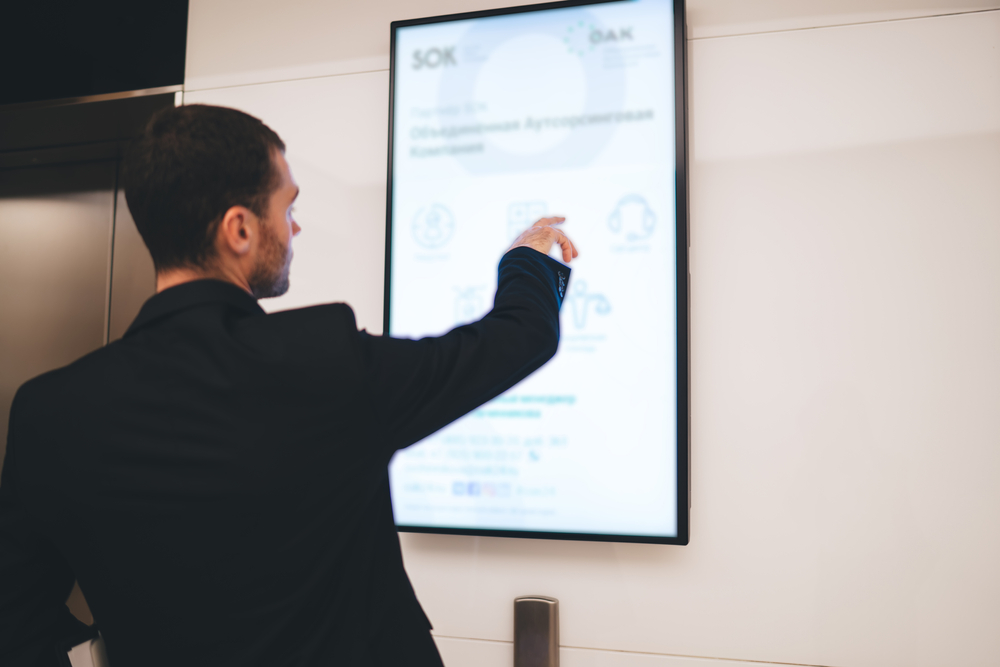How Trial Presentations Can Help Lawyers Handle Challenging Legal Cases
Wiki Article
The Power of Visuals in Trial Presentations for a Winning Disagreement
The integration of visuals in test presentations has emerged as a vital factor in efficiently connecting complicated debates to jurors. By making use of numerous kinds of aesthetic help-- be it diagrams, photographs, or animations-- attorneys can improve understanding and retention, ultimately shaping the court's assumption of the situation.Importance of Visuals in Trials
In lots of lawful setups, visuals play a critical role in improving the efficiency of trial discussions. The combination of aesthetic aspects can significantly affect jurors' understanding and retention of intricate info, consequently forming their understandings and choices. Visuals, such as graphes, representations, and photographs, can streamline detailed stories, making them extra obtainable and engaging.Moreover, the human mind processes aesthetic info a lot more effectively than text, which emphasizes the value of incorporating visuals into lawful arguments. By converting thick lawful concepts into visual formats, attorneys can assist in clearer communication, ensuring that bottom lines are not ignored during trials.
Furthermore, visuals serve to engage jurors on a psychological level, cultivating a link to the instance that words alone might stop working to attain. The critical use visuals can stimulate compassion, motivating jurors to take into consideration the human elements of the situation.
Eventually, the importance of visuals in tests hinges on their capacity to boost quality, enhance juror involvement, and reinforce the narrative being provided. This powerful combination is important for crafting convincing arguments that resonate with jurors and influence the end result of lawful procedures.
Types of Visuals to Make Use Of
Effective trial discussions can greatly profit from a variety of aesthetic tools that deal with various aspects of the situation. trial presentations. Using representations and charts can effectively break down complicated details, making it more digestible for jurors. As an example, flowcharts can illustrate the series of events, while bar chart might succinctly contrast relevant data points.
Animations and simulations can likewise play a crucial role, particularly in instances including technical data or elaborate circumstances. These visuals can dynamically stand for procedures or actions, offering clearness and interaction that static photos might not achieve.
Additionally, infographics combine text and visuals to sum up crucial info effectively. They can present timelines, statistics, and substantial case factors in an aesthetically enticing fashion, making it much easier for jurors to comply with the debate.
Enhancing Understanding and Retention

Enhancing understanding and retention throughout test discussions is vital for making sure that jurors understand the crucial components of a situation. Visual help function as powerful devices in this respect, equating intricate details into quickly digestible layouts. By making use of charts, representations, and infographics, lawyers can simplify complex information and highlight bottom lines that might or else be forgotten.
Studies have shown that people preserve details dramatically better when it is offered aesthetically. This is specifically relevant in a test setup, where jurors might be bewildered by the volume of proof and this website statement. By strategically integrating visuals, lawyers can guide jurors' focus to one of the most essential aspects of the case, strengthening their understanding and memory of the material provided.

Developing Involving Presentations
Captivating jurors' interest during trial discussions is necessary for sharing a compelling narrative. Engaging presentations take advantage of visual components to create an unforgettable experience that resonates with jurors. The critical usage of graphics, computer animations, and video clips can clarify intricate information, making it a lot more easily accessible and relatable.
In addition, including narration methods can improve involvement. Providing evidence in a logical sequence that constructs psychological charm enables jurors to connect with the product on a personal degree. Varying discussion layouts, such as including brief video or interactive components, can additionally endure passion and interest throughout the trial.
Eventually, an interesting discussion promotes a more profound understanding of the case, making it possible for jurors to better value the disagreements being provided and bring about a more desirable outcome.
Study and Success Stories
Numerous case research studies highlight the considerable impact of visuals in trial presentations, demonstrating their capability to affect juror assumptions and inevitably the end results of situations. A remarkable situation including a personal injury claim highlighted how the use of a 3D computer animation of the mishap scene cleared up intricate information. Jurors reported really feeling even more educated and compassionate, dramatically guiding their decision in support of the complainant.In one more circumstances, a business litigation instance used infographics to existing monetary information and timelines, making intricate details easily accessible. The graph allowed jurors to grasp the subtleties of the case better than verbal explanations alone. trial presentations. Because of this, the court returned a verdict that exceeded the client's expectations
Additionally, a criminal defense instance used pictures and video evidence to establish an alibi. The engaging visuals not just assisted in creating question however likewise resonated psychologically with jurors, bring about an acquittal. These success stories emphasize the necessity of incorporating visuals into trial discussions, as they boost understanding, retention, and eventually, the persuasive power of lawful disagreements. The calculated use of visuals is unquestionably changing the landscape of trial advocacy.
Final Thought
In verdict, the critical consolidation of visuals in trial presentations considerably boosts jurors' comprehension and retention of complicated information. Engaging presentations, supported by compelling case researches, show the extensive influence that visuals can have on persuasive communication.Report this wiki page